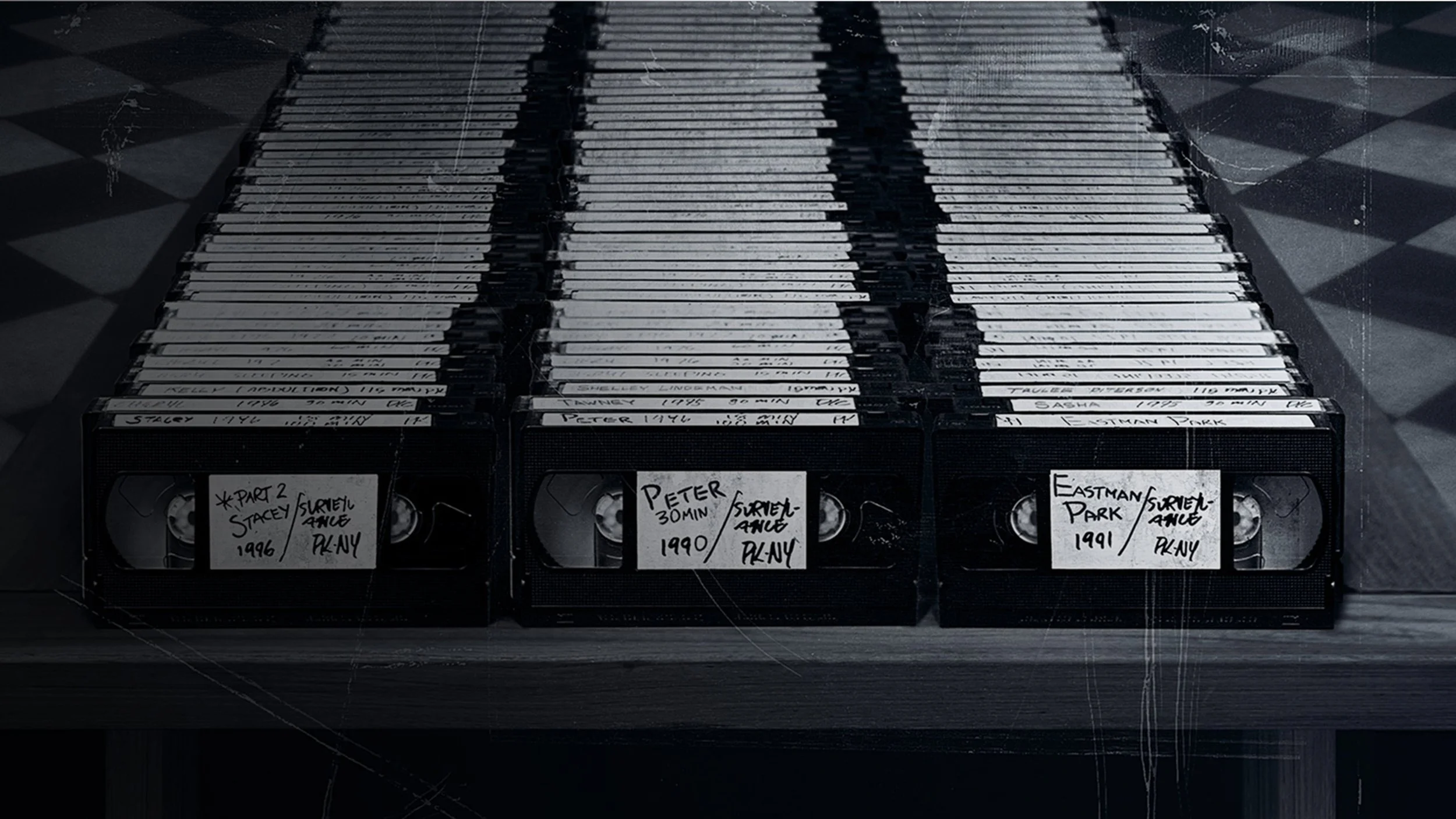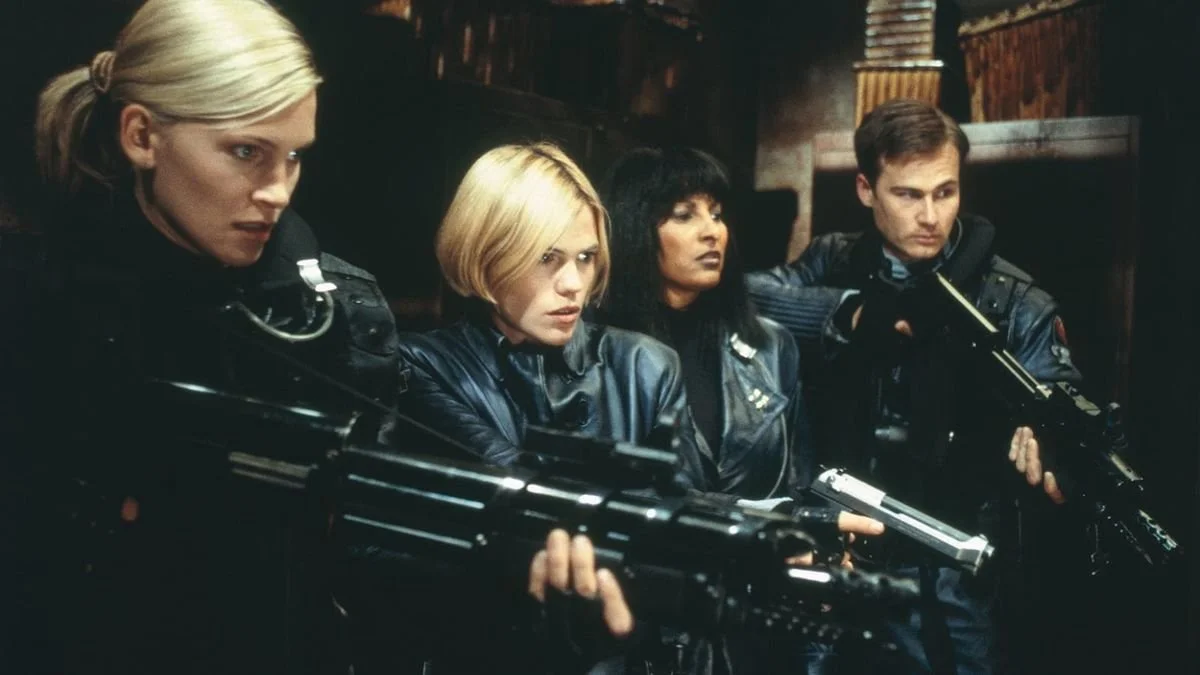Review: Seconds (1966)
In his films The Manchurian Candidate (1962) and Seven Days in May (1964) John Frankenheimer examined the influence of the Cold War and how it shaped the psyches of Americans, particularly those in politics and the military. Taken together, those two films offer a portrait of the paranoia and dysfunction bubbling under the surface of American culture at the time, which would become obvious in the wake of the assassinations of the Kennedys and MLK, the Vietnam War, and Watergate. Frankenheimer’s 1966 science-fiction drama, Seconds, may not overtly deal with the Cold War, but it’s even more a portrait of psychological disintegration during the 1960s than the two aforementioned films, moving from the political to the cultural aspects of American life. Together, the three films comprise Frankenheimer’s “Paranoia Trilogy” and show that the director tapped into the anxieties of the period like few other Hollywood filmmakers.
In some ways, Seconds plays like an elongated episode of The Twilight Zone. It follows Arthur Hamilton, a dissatisfied bank manager played by John Randolph, who agrees to a Faustian bargain in order to become a new man. He undergoes radical surgery to establish a new identity and escape his boring suburban existence. In his new life, he has a new name, “Antiochus ‘Tony’ Wilson,” and lives in a new part of the country, but more importantly he looks younger and is more handsome—in the film’s second half, he’s played by Hollywood star Rock Hudson.
Like a Twilight Zone episode, the film leans into the surreal nature of its central concept. Acclaimed cinematographer James Wong Howe shot the film in black and white and he employs a hyper-stylized visual approach of fish bulb wide lens, split diopter shots, canted angles, and subjective first-person perspectives. An early scene follows Arthur through a train station, and Frankenheimer and Howe cut between extreme close-ups of Arthur’s face shot with a wide lens, which distorts his features, and a low angle moving camera that follows behind him, which establishes the scale of the location and makes us aware of the crowds surrounding Arthur. The juxtaposition between the two shots—Arthur’s discomfort in the close-ups and the voyeuristic nature of the wide shots—creates an overwhelming, paranoid affect.
The film is bold and beautiful. The writing by Lewis John Carlino, based on the novel by David Ely, accentuates the mystery of the “Company” that performs the procedure for Arthur and plays into the surreal aspect of the entire conceit. Again, like The Twilight Zone, Frankenheimer and his team revel in the mystery and the dread that lingers behind the unanswered questions. The sinister nature of the Company and the feeling of being surveilled and forced to accept a situation one has no control over gives the film the tension of a thriller, even if there are no true “thriller” sequences in the film.
But unlike some Twilight Zone episodes or science-fiction short stories of the period, Seconds does not limit itself to mining purely generic affectations. It works more like a novel by Philip K. Dick, extending the surrealism of the scenario and emotional weariness of the characters into the sociopolitical realities of the present, in this case, specifically 1960s America. Thus, the film becomes as much an examination of the anxieties of Eisenhower and Kennedy-era America as a science-fiction mood piece. In this respect, it works similarly to Frank and Eleanor Perry’s The Swimmer (1968), creating a surreal vision of America in the late 1960s and using that vision to examine the personal and cultural insecurities that existed during America’s so-called Golden Age.
Seconds acts as a bridge between the conservative conformity of the 1950s and early 1960s and the countercultural radicalism of the late 1960s and 1970s. Like The Swimmer, it builds its thematic examination into the narrative structure itself. In the first half, Arthur works in a bank and lives in a picture-perfect home in the suburbs alongside his wife, Emily (Frances Reid). He is the vision of suburban respectability, but dreadfully bored. In the second half, Arthur, now Tony, lives in a coastal community of free-spirited beatniks and artists. Arthur (Tony) is free to live out his sexual and artistic fantasies in this community, but soon learns that the so-called freedom of this lifestyle is as illusory as his life in the suburbs.
During a party in the country, Arthur joins his new friend Nora (Salome Jens) in a bacchanal. Other partygoers drink wine, shed their clothes, and dance amidst the grapes, stomping them to mush. Arthur is initially reluctant to join them, but as he gets increasingly drunk, he too gives into the wild abandon of the moment. Hudson yelps and howls on screen like he’s unleashing a primal call, but there’s desperation in his abandon, and no genuine freedom. As Arthur gets increasingly drunk and dances on the grapes with the others, Howe’s camera moves closer and closer, until the frame itself is trapping him in the midst of the writhing, drunken bodies. It creates a portrait of the counterculture similar to that of Robin Hardy’s The Wicker Man (1973): an intoxicating portrait of pleasure that masks a violent reality.
As Arthur becomes dissatisfied with this new life, he begs the Company to create another identity for him to try again, and although they verbally agree to help him, we know that no new life is possible for Arthur. The ending shows how his fate is sealed and his desire for endless newness helps move the Company’s forever-churning gears. Arthur is drawn to reinvention like a proto-Don Draper from Mad Men, but neither the Company nor America allows genuine reinvention.
Like a Dick novel, Seconds shows a man seeing behind the reality of his present, but finding no escape in that glimpse of the real. Arthur knows that the conservative America of Eisenhower and Kennedy offers no true satisfaction, but as Tony, he learns that the counterculture of the newly-emerging America offers none as well. Thus, Arthur is a man left in limbo, struggling to reconcile his new comprehension of reality’s true face with the realization that all freedom and control over this reality is illusory. He does not have the power to shape his reality and he is destroyed by that realization.
Thus, Seconds belongs alongside The Swimmer as a brilliant deconstruction of America in the 1960s. It reflects on the American era that has passed while looking with trepidation at the new era that is about to dawn, recognizing that both Americas are fuelled by the myth of the American individual and the fantasy that one man can bend reality to his will. It’s a terrifying, brilliant film, a nightmare vision of what could be and a sober look at what is.
9 out of 10
Seconds (1966, USA)
Directed by John Frankenheimer; written by Lewis John Carlino, based on the novel by David Ely; starring Rock Hudson, Salome Jens, John Randolph, Will Geer, Jeff Corey, Richard Anderson, Murray Hamilton, Karl Swenson, Khigh Dhiegh, Frances Reid.



Kiyoshi Kurosawa’s 2001 J-horror film predicted the new millennium in terrifying ways.